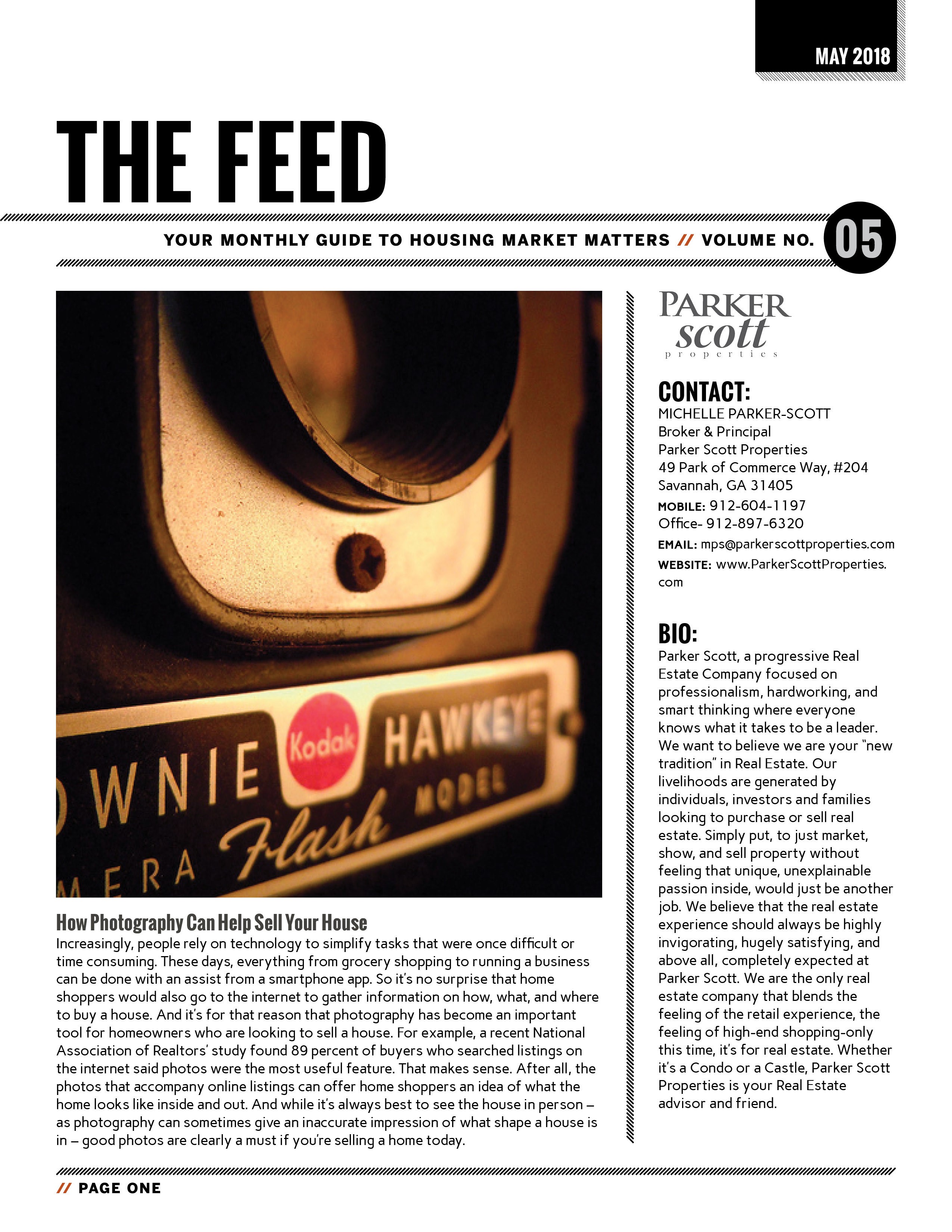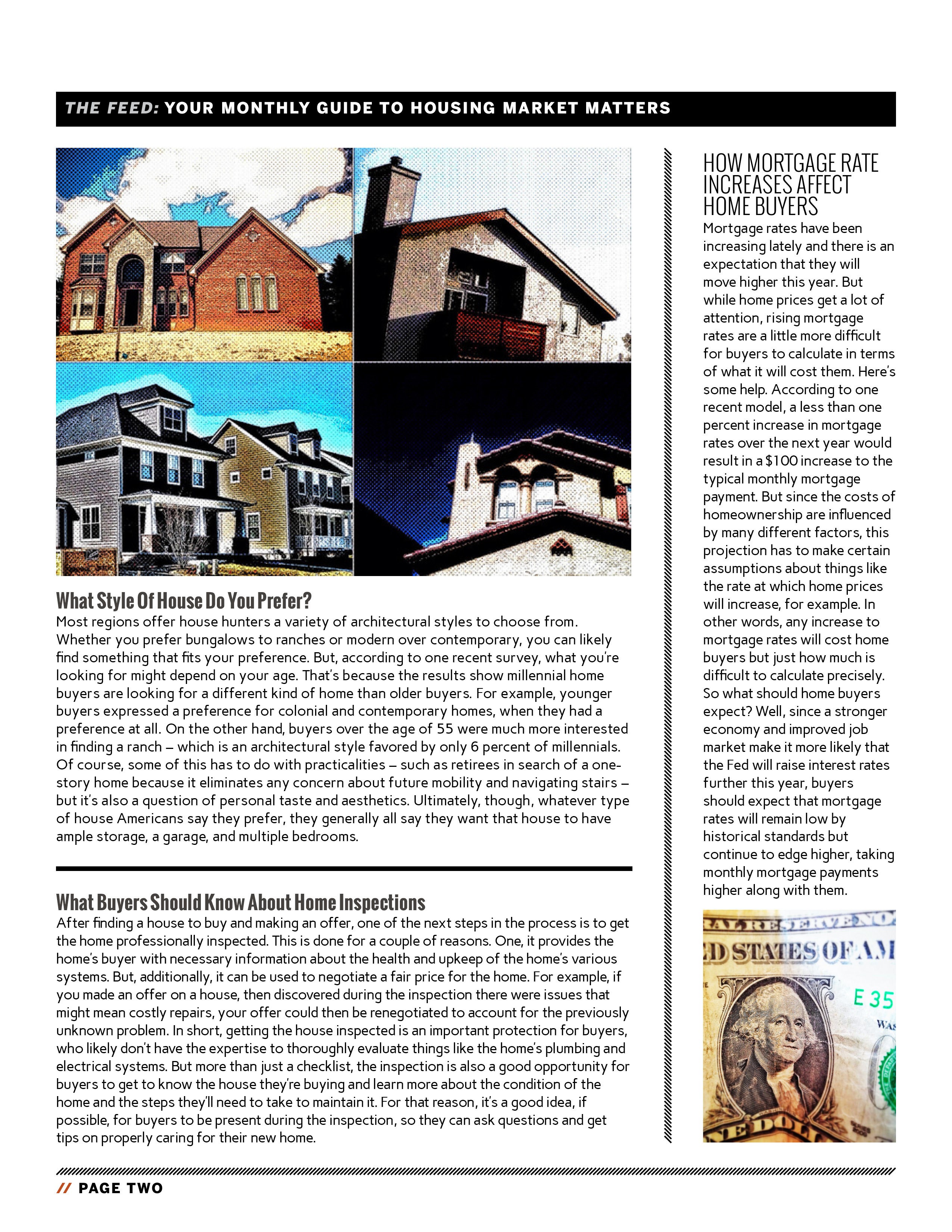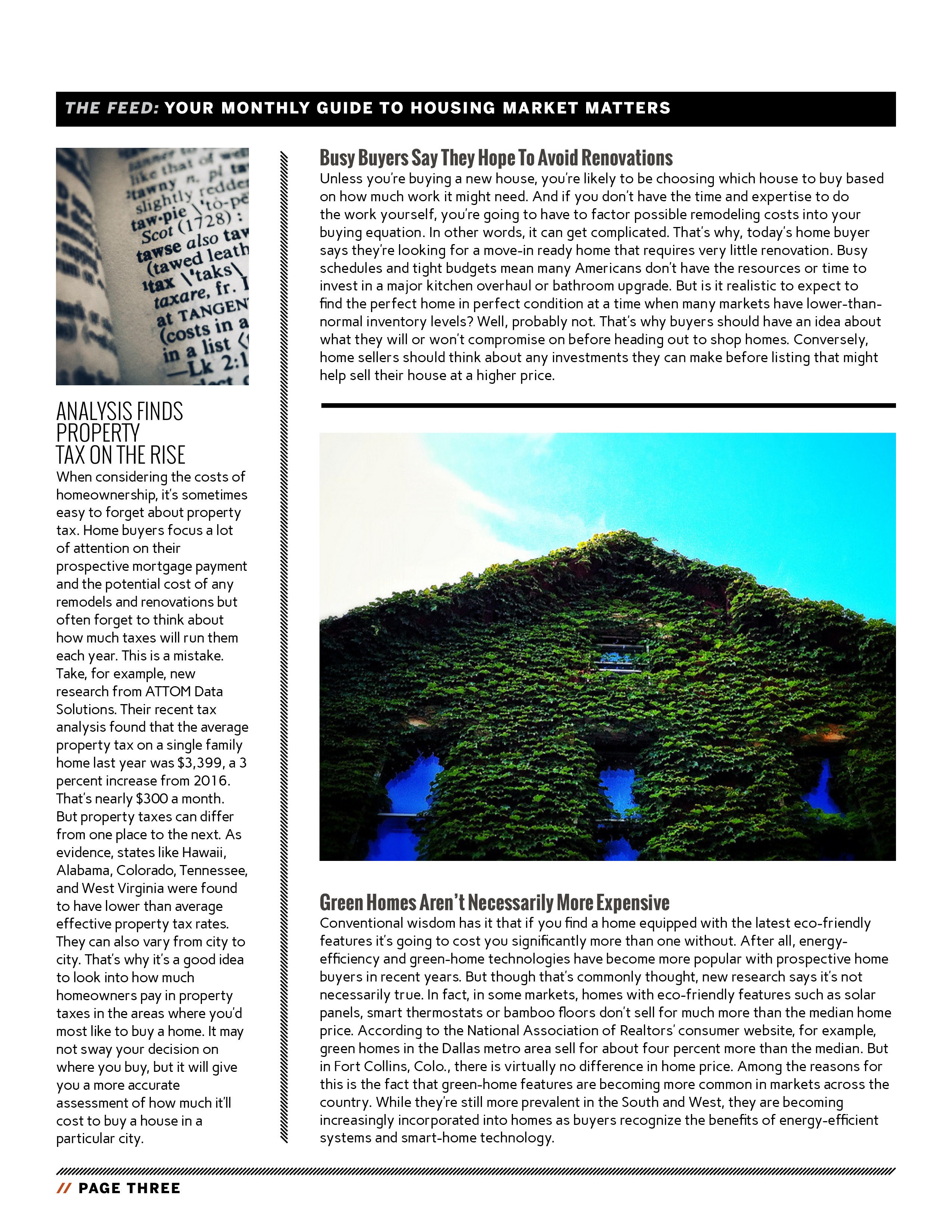 Every month, Fannie Mae surveys Americans to better understand how they view the housing market, their personal finances, and the overall economy. Their Home Purchase Sentiment Index is a measure of how people around the country feel about buying or selling a home. And, according to the most recent results, they currently feel like it’s time to buy. In fact, there was a 10 percent increase in the number of respondents who said they felt like it was the right time compared to February’s survey. Doug Duncan, Fannie Mae’s senior vice president and chief economist, says sentiment has been volatile lately. “The HPSI’s recent run of volatility continued in March, as it recovered last month’s loss and remained within the five-point range of the past twelve months,” Duncan said. “The primary driver of this month’s increase was the sizable rise in the net share of consumers who think it’s a good time to buy a home, which returned the indicator to its year-ago level.” Boosted optimism about buying a house may be due to the spring buying season or perhaps a feeling among potential buyers that affordability conditions may worsen if they wait. More here.
Every month, Fannie Mae surveys Americans to better understand how they view the housing market, their personal finances, and the overall economy. Their Home Purchase Sentiment Index is a measure of how people around the country feel about buying or selling a home. And, according to the most recent results, they currently feel like it’s time to buy. In fact, there was a 10 percent increase in the number of respondents who said they felt like it was the right time compared to February’s survey. Doug Duncan, Fannie Mae’s senior vice president and chief economist, says sentiment has been volatile lately. “The HPSI’s recent run of volatility continued in March, as it recovered last month’s loss and remained within the five-point range of the past twelve months,” Duncan said. “The primary driver of this month’s increase was the sizable rise in the net share of consumers who think it’s a good time to buy a home, which returned the indicator to its year-ago level.” Boosted optimism about buying a house may be due to the spring buying season or perhaps a feeling among potential buyers that affordability conditions may worsen if they wait. More here.
Rising Incomes Help To Offset Affordability Challenges
After the financial crisis and housing crash, there were plenty of homes for sale but very few interested buyers. Americans were financially unstable and worried about keeping their jobs. And while they may’ve liked to buy a home, it wasn’t the right time. Gradually, though, Americans became more secure in their jobs and more interested in buying a home. But, at the same time, the housing market also began bouncing back. And with prices higher and mortgage rates beginning to rise, Americans wanted to buy but began to worry about whether or not they could afford it. This year, with inventory low, prices rising, and mortgage rates creeping up, buyers face some challenges. Fortunately, though, new research shows incomes are also on the rise. The National Association of Home Builders’ Housing Opportunity Index, for example, shows Americans are making more money, which is helping to offset declining affordability. In fact, median family income is up from $68,000 last year to $71,900. And, at that income, 61.6 percent of recently sold homes were affordable. More here.
A First-Time Buyer’s Guide to Home Maintenance
Take A Seat
What To Consider When Thinking About Remodeling
Compromise Isn’t Just For Home Buyers
With buyer demand high and the number of houses for sale low, today’s market is favorable for homeowners who want to sell. But though they’re likely to find interested buyers, homeowners shouldn’t expect that everything will always go their way. In fact, a home’s sale almost always involves a negotiation and home sellers, just like buyers, should expect to have to compromise here and there. For example, 76 percent of sellers said they had to make at least one concession when selling their home, according to one recent survey. That means, even in markets that favor sellers, homeowners should have some flexibility when it comes to working out the details of the final sale. Home sellers should also be prepared to make some pre-sale improvements to their house, as the vast majority of recent home sellers also said they had to fix up their home before listing it. In short, regardless of how hot your local market is, you still have to get your house in shape and work with your home’s buyer to ensure the sale is a success on both ends. More here.
May Newsletter



High-End Neighborhoods Make Most Popular List
When searching online listings for homes to buy, it is sometimes difficult not to wander outside of your price range for a look at houses you’d love but can’t afford. This is true no matter what your particular price range might be. There will always be a house just out of your reach that’ll catch your curiosity. And the internet has made it easier than ever to get a glance of the high-end homes you’d previously only be able to see from the road. Proof of this can be found in a recent analysis of the country’s most popular neighborhoods based on page views. The top 20 features the nation’s most desirable addresses in some of the most exclusive zip codes. The Oaks in Los Angeles was the top neighborhood, followed by places like Tuxedo Park in Atlanta, Presidio Heights in San Francisco, and New York’s Crestwood neighborhood. But, in this case, the number of views a particular house or neighborhood receives isn’t likely to reflect an increase in the number of potential buyers. More likely, these neighborhoods reflect – not where Americans are buying homes – but where they dream of buying homes. More here.
Small House Vs. Big House
Housing Outlook Says Take The Long View
If you spend any time following the real estate market or economy, you know there’s no shortage of data. Nearly every day there’s a new report detailing some corner of our economic lives, whether it’s consumer spending, mortgage rates, jobs, or home sales. But reading the day-to-day news reports can sometimes give you a distorted view of what’s really happening. That’s because monthly updates on the housing market’s ups-and-downs can be more volatile than a look at annual results. And so it’s important to take a big-picture view of the market from time to time. For example, Fannie Mae’s most recent Economic and Housing Outlook says, despite a slower-than-expected first quarter, the economy will continue to grow. And, according to Doug Duncan, Fannie Mae’s chief economist, home sales will also continue to improve, despite a more challenging environment for buyers. “Soft residential investment last quarter should prove temporary, as home sales resume their slow upward grind, with inventory shortages playing friend to prices but foe to affordability and sales.” More here.

